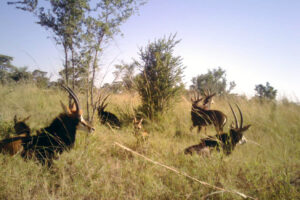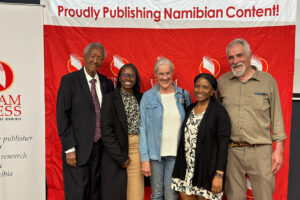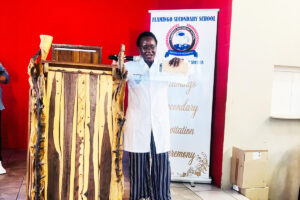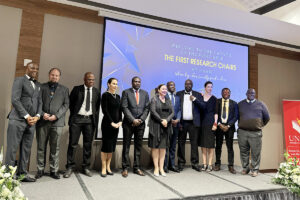Kavango East region, northeastern Namibia
The aim of this study was to understand the potential of agricultural land abandonment for woodland regeneration. Firstly, vegetation composition in 152 plots (50 m x 20 m) on 50 abandoned fields was sampled, using the Braun-Blanquet relevé sampling method. Secondly, different stages in the regeneration process were identified and then described in terms of structure and composition.
Thereafter, non-metric multidimensional scaling was used to understand correlations between environmental characteristics (species richness and vegetation cover) and soil characteristics along the abandonment gradient. Lastly, plots on abandoned fields were also compared with natural plots in their historic state, while estimating the time it would take until the biodiversity and structure of native woodlands are restored.
The study revealed that vegetation composition in abandoned fields was significantly different compared to natural plots, but vegetation communities are recovering along the abandonment gradient towards their historic state. Total species richness and vegetation cover were positively related with years since abandonment, with species richness and cover of shrubs showing the strongest correlation, and cover of trees, herbs, and grasses showing weaker correlations. Species richness of grasses and trees was unaffected by years since abandonment, while species richness of herbs showed a weak negative correlation. A future study will investigate the estimated time for woodland regeneration.
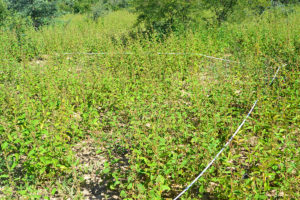
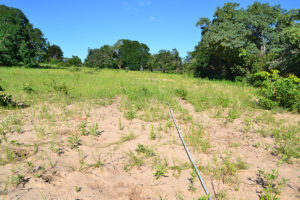
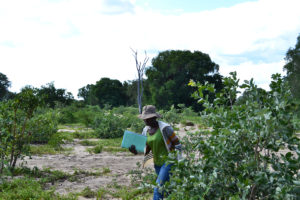
Eva making sure that the 50 m x 20 m quadrat is well laid within the abandoned field.
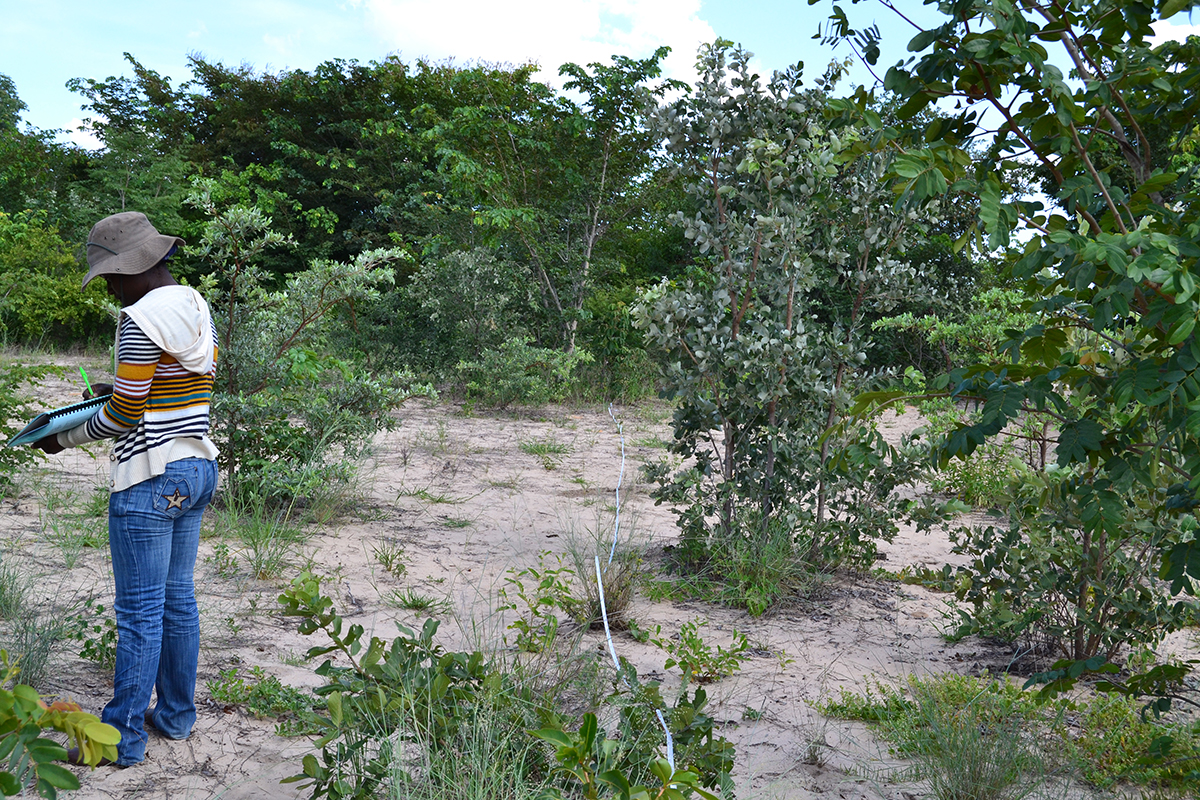
In conclusion, the persistent loss of primary habitat following land clearing for agriculture was one of the main threats to biodiversity. Woodland regeneration of abandoned agricultural land may present a key opportunity for biodiversity restoration, yet we lack insights into the mechanisms governing these processes. This study will present critical insights on the secondary succession of abandoned agricultural land and the value it presents to reduce the adverse effects of deforestation.
Original story by: Eva Kasinda, Stijn Verschueren and Ben J. Strohbach


